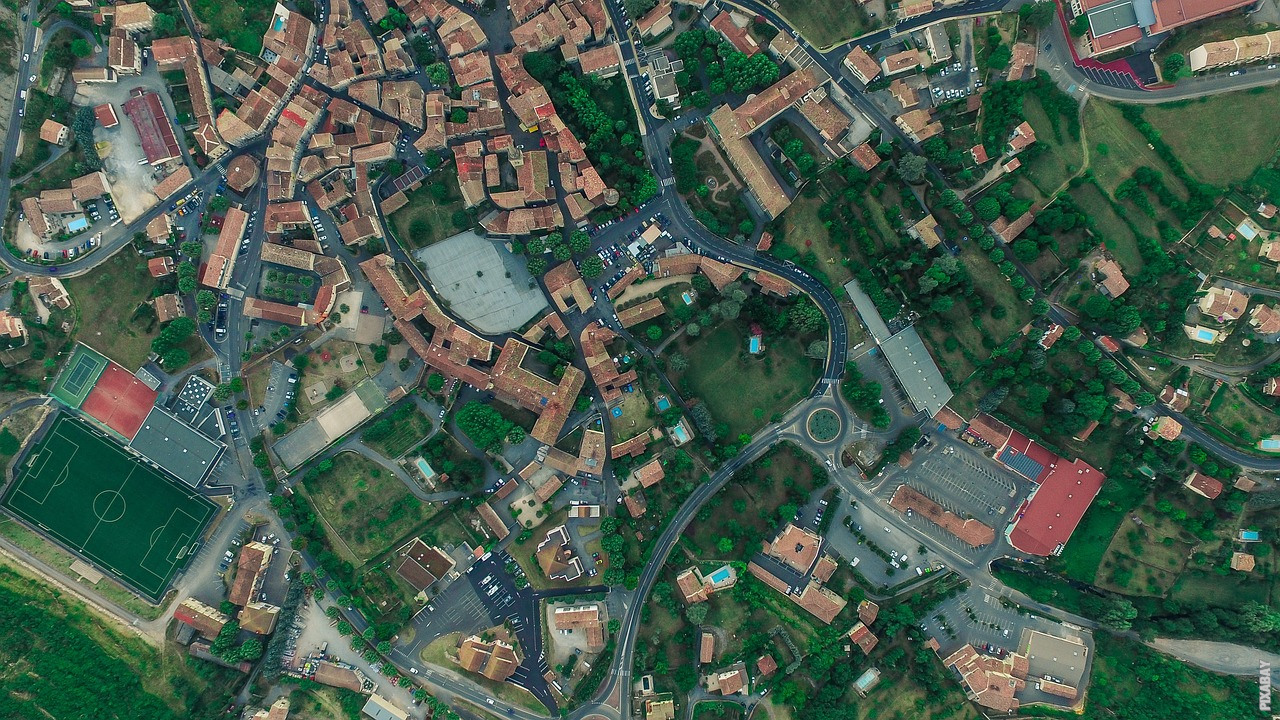The Ancient Origins of Blocks
Blocks have been used for centuries as a fundamental building material, shaping the world we know today. From the majestic pyramids of Egypt to the intricate temples of Angkor Wat, blocks have played a crucial role in architectural marvels throughout history. But have you ever wondered what exactly blocks are made of? Let’s dive into the fascinating world of block materials.
Natural Stone: A Timeless Material
One of the most enduring materials used for blocks is natural stone. From limestone to granite, natural stone blocks offer both strength and beauty. Ancient civilizations relied on the abundance of natural stone in their surroundings to construct their grand structures. The durability of natural stone blocks has stood the test of time, with many ancient buildings still standing strong today.
Bricks: The Versatile Building Blocks
Another popular material for blocks is bricks. Made from clay or shale, bricks are molded and then baked to achieve their solid form. Bricks have been used for centuries across various cultures and continents, with each region adding its own unique touch to the craft. From the red bricks of colonial America to the intricately patterned bricks of the Middle East, this versatile building material continues to be a staple in construction.
Concrete: The Modern Block
In recent times, concrete has emerged as a dominant material in block construction. Composed of cement, aggregates, and water, concrete blocks offer strength, affordability, and flexibility in design. The invention of reinforced concrete revolutionized the construction industry, allowing for the creation of taller and more innovative structures. Today, concrete blocks can be found in skyscrapers, bridges, and even residential homes, shaping the modern landscape.
Emerging Materials: Paving the Way for the Future
As technology advances, new materials are being explored and developed for block construction. Sustainable options such as recycled materials, bamboo, and even 3D-printed blocks are gaining popularity. These materials not only reduce the environmental impact but also offer exciting possibilities for architectural creativity.
Post
Post
The Enduring Legacy of Blocks
From natural stone to cutting-edge materials, blocks have left an indelible mark on our built environment. They have shaped civilizations, provided shelter, and inspired awe in the face of monumental structures. As we continue to push the boundaries of construction, the evolution of block materials will undoubtedly play a significant role in shaping the cities of tomorrow.





